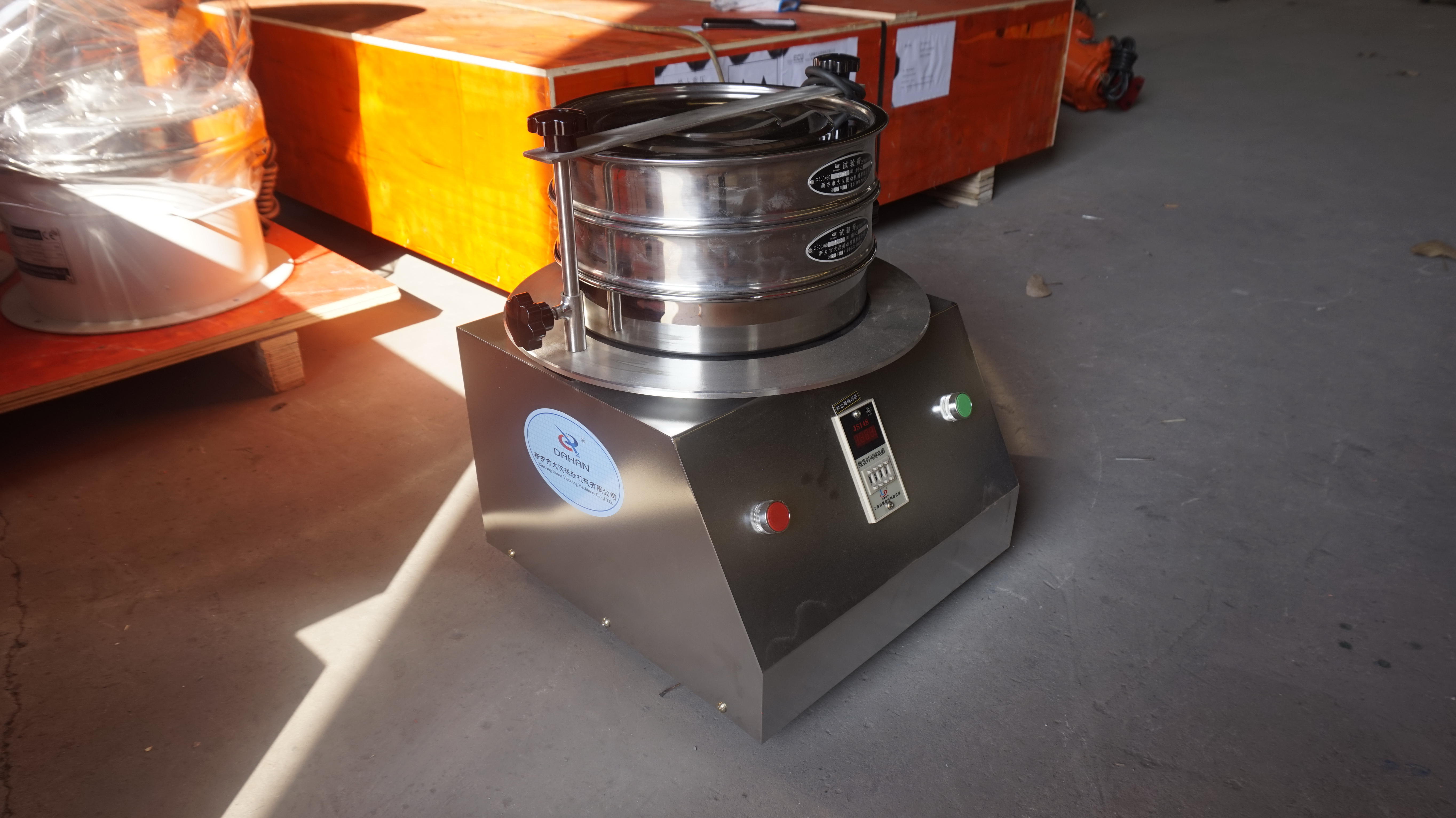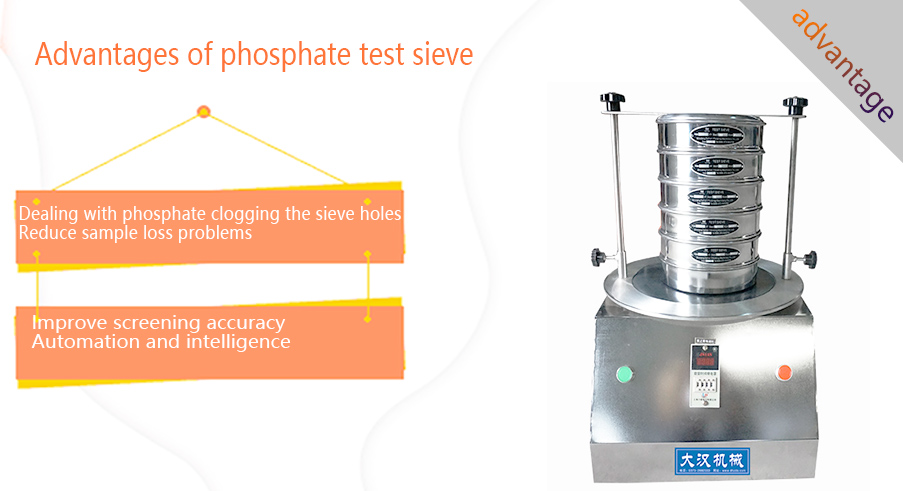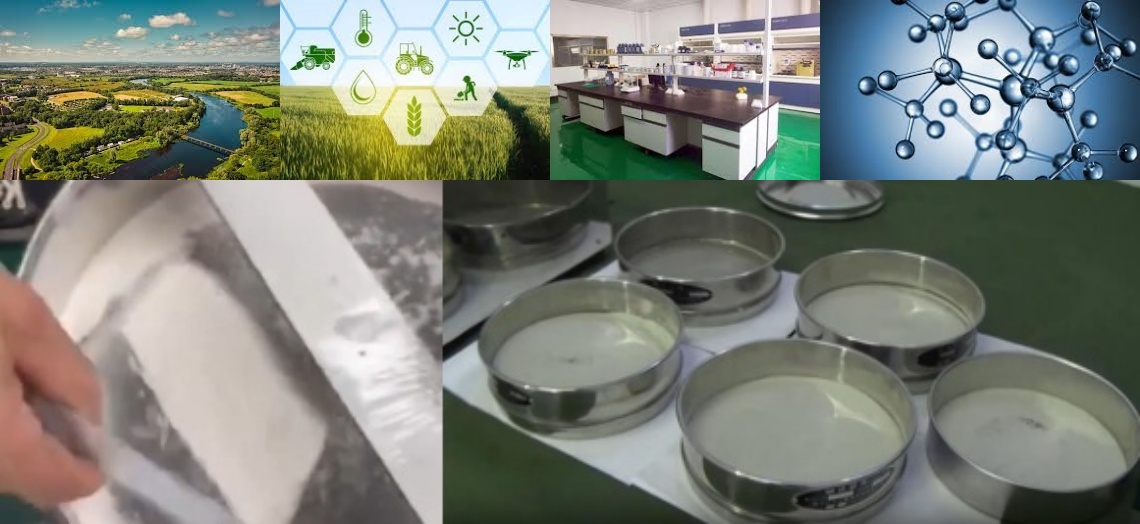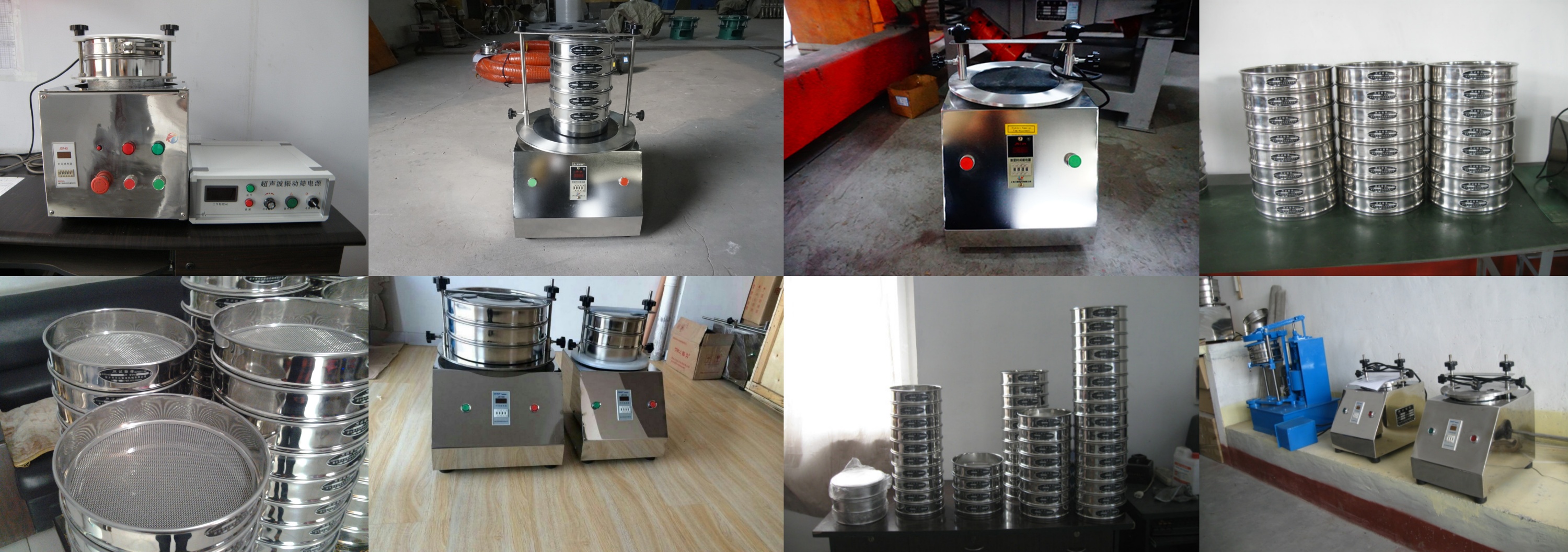Thursday February-27 2025 12:49:09

Phosphate Test Sieve is an experimental tool used to screen different particle sizes in phosphate samples and detect the phosphate content. It is usually used in water quality analysis, soil testing or fertilizer analysis. It determines the concentration of phosphate in the sample through a specific screening method or chemical reaction. In the analysis, testing or research involving phosphates, the screening step helps to remove impurities, particle classification or other pretreatment for subsequent analysis or testing.

Based on the difference in particle size, shape or density, the different components in the sample are separated through the sieve. Vibration is used to separate the particles in the sample through the sieve.

1. Quality control: In the phosphate production process, by using the phosphate test sieve for particle size analysis, the particle size distribution of the product can be strictly controlled to ensure that the particle size of each batch of products meets the quality standards and customer requirements, and ensure the stability of product quality.
2. Research and development: When developing new phosphate materials or improving production processes, scientific researchers need to understand the impact of phosphates of different particle sizes on material properties. Particle size analysis of phosphate samples through test sieves can provide accurate particle size data for research, help optimize process parameters, and develop products with better performance.
3. Standard setting: Relevant industry associations and standardization organizations can use phosphate test sieves to perform particle size analysis on a large number of phosphate samples and establish a standard grading system for phosphate particle size.

1. Dealing with phosphate clogging the sieve holes: Phosphate particles or impurities may clog the sieve holes. The phosphate test sieve can be equipped with a net cleaning device such as a bouncing ball or a brush to continuously clean the sieve during the screening process to prevent clogging.
2. Reduce sample loss problems: Sample loss may occur during the screening process, affecting the experimental results. The phosphate test sieve adopts a closed structure to prevent sample splashing or escape. By accurately controlling the screening time, avoid excessive screening and sample loss.
3. Improve screening accuracy: Insufficient screening accuracy may lead to incomplete removal of impurities or loss of target particles. The phosphate test sieve can use high-precision metal or nylon screens to ensure uniform aperture and improve screening accuracy.
4. Automation and intelligence: The phosphate test sieve can be equipped with an automated control system to reduce human errors. The screening data is recorded in real time through sensors and software for subsequent analysis. Automatically adjust parameters such as vibration frequency and screening time according to sample characteristics to optimize the screening effect.

Environmental analysis: In environmental science, phosphate is an important indicator for evaluating the status of nutrients in water bodies, soil and other environments. Using the phosphate test sieve, phosphate particles in the environment can be screened and graded to understand their distribution and migration patterns in the environment.
Agricultural research: In the agricultural field, phosphate is one of the important nutrients required for plant growth. Using the phosphate test sieve, phosphate particles in fertilizers can be screened and graded to optimize the formulation and use effect of fertilizers.
Laboratory application: Phosphate test sieves are often used in laboratories for phosphate particle screening experiments to help researchers understand the particle size distribution and screening efficiency of particles.
Material research: In material science, phosphate can be used as an important component of inorganic materials. Using the phosphate test sieve, phosphate materials can be screened and graded to meet the material performance requirements of different applications.

Sample processing: Ensure the representativeness of sampling and avoid local bias. For solid samples, the samples should be fully mixed and then sampled; for liquid samples, they should be fully mixed. Ensure that the samples are free of impurity interference.
Reagent selection: The purity of the reagent directly affects the accuracy of the measurement results. Analytical purity or higher purity reagents should be selected
Instrument calibration: Instrument calibration is an important means to ensure that the instrument measurement results are accurate and reliable. Calibrate the instrument regularly to ensure accurate results.

Phosphate Test Sieves have a wide range of application value in many fields. It can not only be used for particle classification and impurity removal, but also for quality control, environmental analysis, agricultural research and material research. By using phosphate test sieves, we can have a deeper understanding of the properties and applications of phosphates, and provide strong support for research and production in related fields.
laboratory test sieve is also called standard sieve, test sieve, laboratory vibrating screen, sample sieve, inspection sieve, standard analysis sieve...
What Is An Electromagnetic Sieve Shaker?
Electromagnetic sieve shaker is a screening equipment used for testing and laboratory research. It is often used to screen and classify small batches...
Test sieve shaker is a laboratory equipment used for particle screening and classification, also known as laboratory shaker or laboratory vibrating...
Feb 27, 2025
Phosphate test sieve is used to screen different particle sizes in phosphoric acid samples and detect...
Feb 27, 2025
Baking powder test sieve is used to detect the distribution of powder particle size and evaluate the ...
Feb 27, 2025
Liquid food test sieves are used to screen solid particles, impurities or extract required ingredient...
Feb 27, 2025
Plastic granule test sieve is a device specially used for screening and grading plastic granules. It ...
![]()
Then we look forward to hearing from you
Contact Us
Industrials
Yanjin county forest park gate to the west 1000 meters north road sitemap
